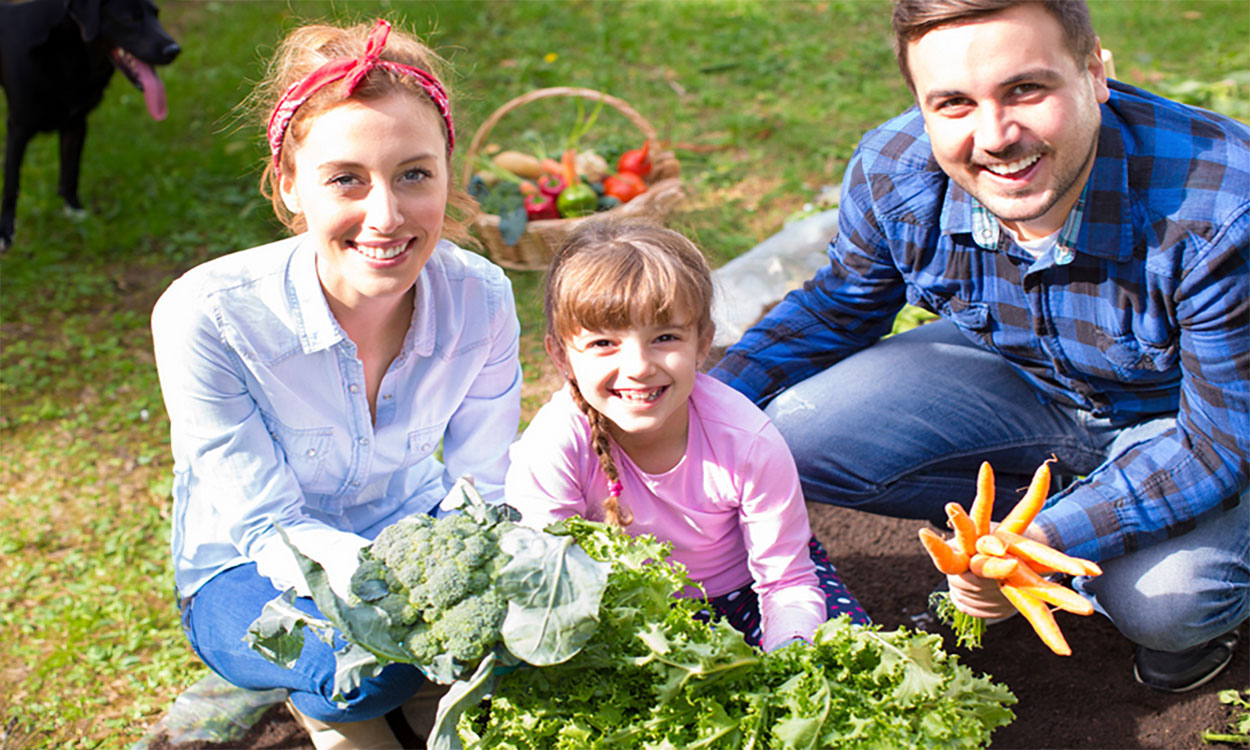Originally written by Kimberly Cripps , former SDSU Extension Family & Community Health Field Specialist, with contributions by Megan Erickson, former SDSU Extension Nutrition Field Specialist, and Hope Kleine, former SDSU Extension Health Education Field Specialist.
Pick it!
- Winter squash have hard skin and fleshy inside, should be heavy, free of spots.
- To cure winter squash after picking: hold at 70-80 degrees for 10-20 days, and then remove to a dry place at 45-50 degrees. Store up to 6 months.
- Summer squash should be young and tender.
- Refrigerate summer squash unrinsed in a plastic bag. Use within 2-3 days.
Try it!
- Often cooked but some summer squash is eaten raw with dip or in salad.
- Cook by steaming, sautéing, grilling, microwave, or baking. Add to stir fry, soup, or casseroles. Bake in bread, cakes and pies.
- Cut winter squash in half and remove seeds. Place unpeeled pieces cut side down on a shallow baking sheet.
- Winter squash is done when it pierces easily with a fork; 30 minutes or more. Spoon out the soft flesh and blend.
Like it! Zucchini Carrot Bread
Ingredients
- 1 ½ cups all-purpose flour
- 1 cup sugar
- 2 teaspoons baking powder
- ¼ teaspoon salt
- ¼ teaspoon ground ginger
- 1 egg, lightly beaten
- ½ cup canola oil
- 1 cup grated zucchini
- ½ cup grated carrots
- ½ cup chopped walnuts or pecans
Directions
- Stir together dry ingredients.
- In another bowl, beat egg; add oil, zucchini and carrots. Mix well.
- Add zucchini mixture and nuts to flour mixture. Stir until all flour is blended.
- Scrape into a well-greased 9-inch bread pan.
- Bake at 375 degrees F for 50 minutes.
- Remove from oven. Cool in the pan 5 minutes, and then turn out onto a plate.
Yield: One 9-inch loaf
Nutrition Facts per Serving: Calories 270; Fat 1g; Sodium 20mg; Carbohydrates 33g; Fiber 1g; Sugars 19g; Protein 3g
Source: University of Illinois Extension
Program Materials
Colorful fact sheets, recipe cards and educational videos provide educators and families with fun, engaging tools to enhance any dietary curriculum in a variety of settings.
Quick resources are available in the fact sheets below. Download the zipped folder to use the lesson plan, sampling instructions, recipes and display materials in your educational program.


